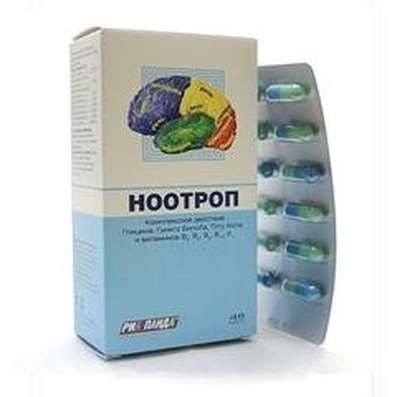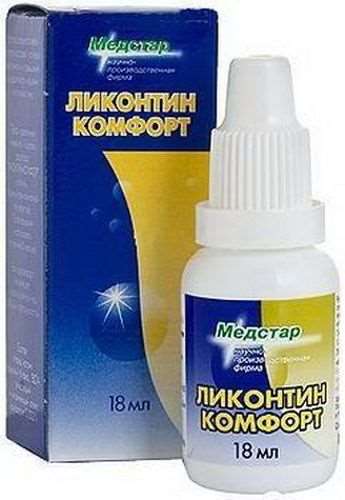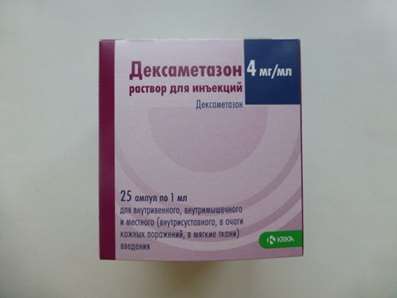Instruction for use: Rilmenidine
I want this, give me price
The trade name of Rilmenidine: Albarel
Latin name of substance Rilmenidine
Rilmenidinum (genus. Rilmenidini)
Chemical name
2 - [(Dicyclopropylmethyl) amino] -2-oxazoline
Gross formula
C10H16N2O
Pharmacological group of substance Rilmenidine
I1-imidazoline receptor agonists
The nosological classification (ICD-10)
I10 Essential (primary) hypertension: hypertension; Arterial hypertension; Arterial hypertension crisis course; Essential Hypertension; Essential hypertension; Essential hypertension; Essential hypertension; Essential hypertension; Primary hypertension; Arterial hypertension, complications of diabetes; The sudden increase in blood pressure; Hypertensive disorders of blood circulation; hypertensive condition; hypertensive crises; arterial Hypertension; malignant Hypertension; Hypertonic disease; hypertensive crises; accelerated hypertension; malignant hypertension; The aggravation of hypertensive disease; Transient hypertension; Isolated systolic hypertension
I15 Secondary hypertension: Arterial hypertension, complications of diabetes; hypertension; The sudden increase in blood pressure; Hypertensive disorders of blood circulation; hypertensive condition; hypertensive crises; hypertension; arterial Hypertension; malignant Hypertension; hypertensive crises; accelerated hypertension; malignant hypertension; The aggravation of hypertensive disease; Transient hypertension; hypertension; Arterial hypertension; Arterial hypertension crisis course; renovascular hypertension; Hypertension symptomatic; Renal hypertension; Renovascular hypertension; renovascular hypertension; Symptomatic hypertension
CAS code
54187-04-1
Characteristics of the substance Rilmenidine
It is readily soluble in water and methyl alcohol, it is poorly soluble in ethyl alcohol.
Pharmacology
Pharmacological action - antihypertensive.
It is a specific agonist of central and peripheral imidazoline (I1) receptors. Excitation of central imidazoline receptors in the vasomotor center of the medulla oblongata is accompanied by a decrease in sympathetic impulse to the vessels and the heart, which leads to a decrease in blood pressure and OPSS, and a decrease in heart rate. Part of the antihypertensive effect is due to the stimulation of alpha2-adrenergic receptors on the membranes of neurons in the nuclei of the solitary tract. Reduces the activity of renin and the content of norepinephrine, angiotensin II and aldosterone. Stimulation of peripheral I1-imidazoline receptors in the kidneys, adrenal glands, pancreas, adipose tissue and carotid glomeruli is accompanied by a number of additional effects. Excitation of I1-imidazoline receptors in the kidneys causes a decrease in the reabsorption of sodium and water, in the adrenal glands - inhibition of the release of catecholamines from chromaffin cells, in the pancreas - increased insulin secretion in response to glucose loading, in adipocytes - increased lipolysis, in carotid glomeruli - increased sensitivity to Lowering blood pressure and hypoxia / hypercapnia.
According to double-blind, placebo-controlled studies and comparative studies with reference drugs, it has antihypertensive activity at therapeutic doses (1 mg / day once or 2 mg / day in 2 doses) with mild to moderate hypertension. Dose-dependent lowers the SAD and DAD (at rest and under physical exertion), acts in the patient's position both lying and standing. Has a prolonged pharmacological effect, a significant hypotensive effect persists for 24 hours after taking in a dose of 1 mg. With prolonged use, there is no weakening of the hypotensive effect, and sudden withdrawal is not accompanied by the development of ricochet hypertension. Does not violate the physiological reaction, manifested by a change in heart rate in response to physical exertion. In therapeutic doses, there is virtually no effect on myocardial contractility, cardiac output, cardiac electrophysiological indices, renal blood flow, glomerular filtration characteristics, and the volume of the filtration fraction.
It is assumed that there is a neuroprotective effect in cerebral ischemia, not associated with changes in cerebral blood flow.
Quickly absorbed from the gastrointestinal tract, Cmax in plasma (3.5 ng / l) is achieved 1.5-2 hours after a single dose. Bioavailability is 100% (does not change when eating), the effect of the first passage through the liver is absent. Binding to plasma proteins is less than 10%, the volume of distribution is 5 l / kg. Metabolized to an insignificant extent with the formation of products of hydrolysis or oxidation of the oxazoline ring (found in urine in trace amounts and are not alpha2-adrenoreceptor agonists). It is excreted mainly by the kidneys (65% excreted in the urine unchanged). Kidney clearance is 2/3 of the total clearance. T1 / 2 - 8 hours (independent of dose and frequency of administration). The equilibrium concentration is achieved after 3 days of regular intake and subsequently stored at a constant level.
With insufficient liver function and in elderly patients, T1 / 2 is extended to 12-13 hours.
Against the background of impaired renal function excretion slows down and correlates with the magnitude of creatinine clearance. In severe renal failure (Cl creatine less than 15 mL / min), T1 / 2 is about 35 hours (dosage adjustment is required).
Application of Rilmenidine
Arterial hypertension.
Contraindications
Hypersensitivity, severe depression, severe renal failure (Cl creatinine less than 15 ml / min), pregnancy and lactation, age under 18 years (safety and efficacy not determined).
Update of information
The simultaneous use of rilmenidine with sultopride is contraindicated.
Carefully:
Simultaneous use with alcohol, beta-adrenoblockers used for the therapy of heart failure (bisoprolol, metoprolol, carvedilol), a recent stroke or myocardial infarction.
Application in pregnancy and breastfeeding
Contraindicated during pregnancy, although in animal experiments there were no teratogenic or embryotoxic effects.
The FDA action category for fetus is not defined.
At the time of treatment, breastfeeding should stop (penetrates into breast milk).
Side effects of Rilmenidine
From the nervous system and sensory organs: drowsiness or insomnia, asthenia, dizziness, weakness during physical exertion; Feeling of fear, depression, cramps.
From the cardiovascular system and blood: palpitation, cold extremities, orthostatic hypotension, hot flashes.
On the part of the intestine: dry mouth, epigastric pain, diarrhea, nausea, constipation.
From the genitourinary system: peripheral edema, disorders of sexual function.
From the skin: skin rashes, itching.
Interaction
The effect is enhanced by vasodilators, diuretics and antihistamines, weakened by tricyclic antidepressants. It is not recommended simultaneous use with MAO inhibitors.
Overdose
Symptoms: severe arterial hypotension, mental disorder, impaired consciousness.
Treatment: gastric lavage, the introduction of sympathomimetic drugs. Hemodialysis is ineffective.
Routes of administration
Inside.
Precautions for the substance Rilmenidine
Extreme caution is necessary in patients with sinus bradycardia (heart rate less than 50 beats / min), sinus node weakness syndrome, AV block II-III degree and severe liver disease. In therapeutic doses, it does not affect attention and the ability to concentrate. When exceeding the recommended doses or concomitant prescription of drugs depressing the central nervous system, a feeling of drowsiness may occur (should be taken into account when appointing people whose professional activity requires rapid mental and physical reactions).
During the treatment should be excluded from drinking alcohol.

 Cart
Cart





